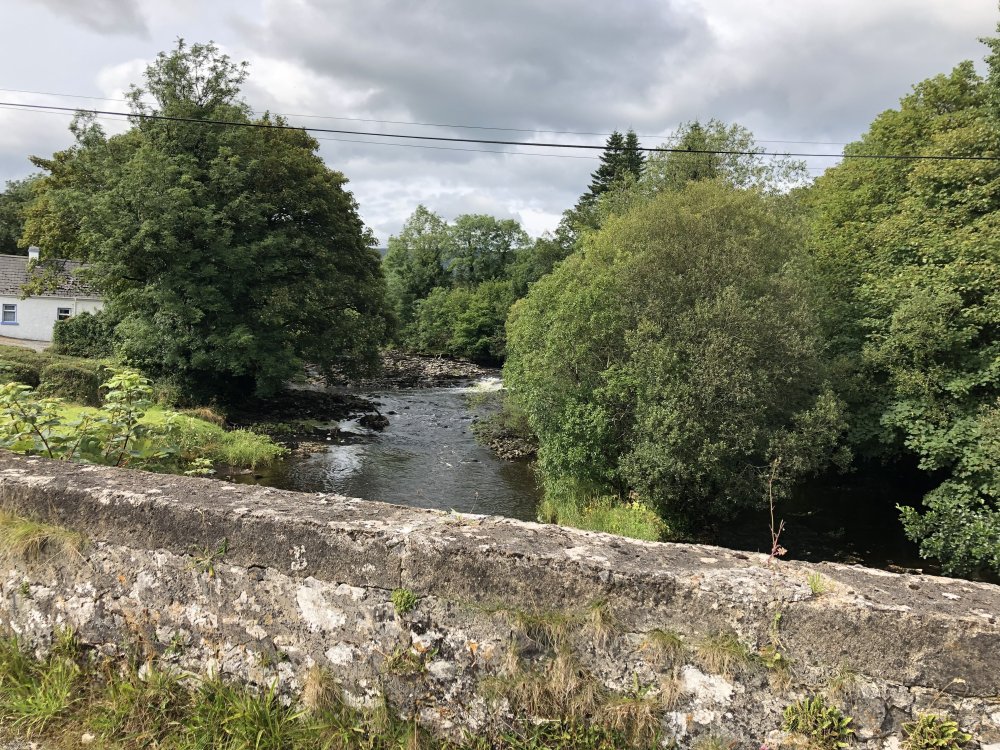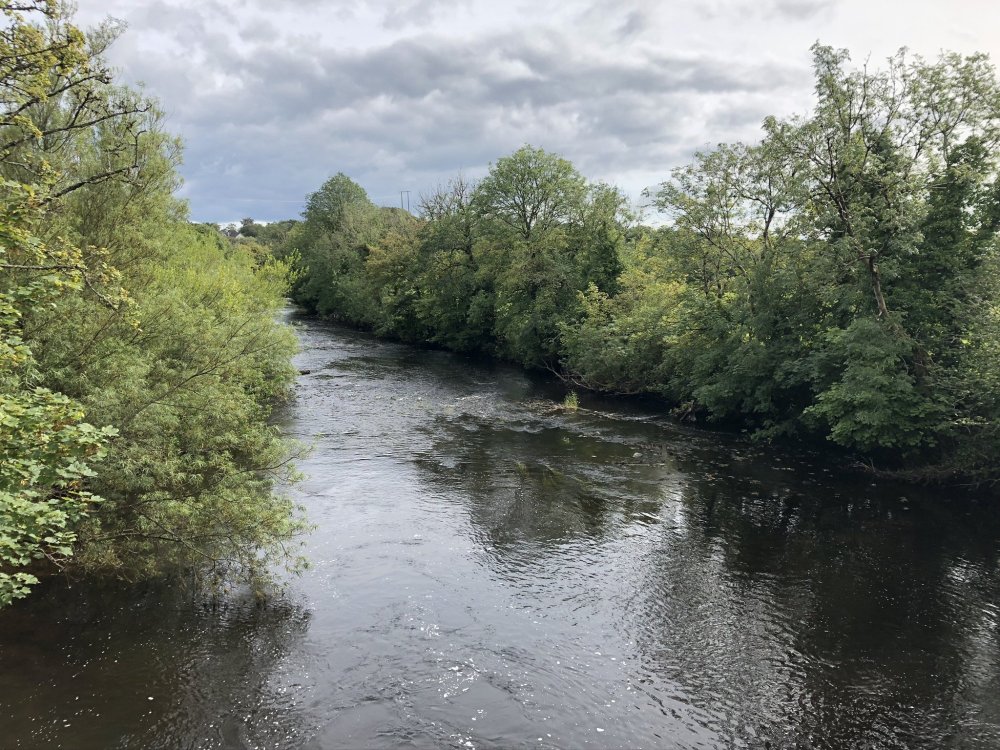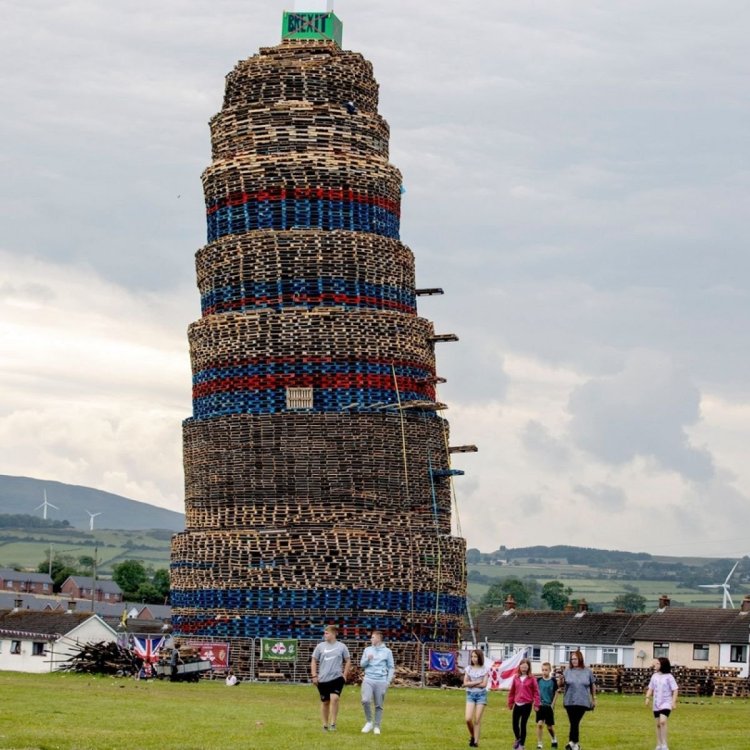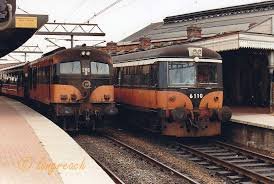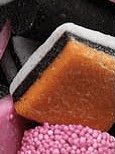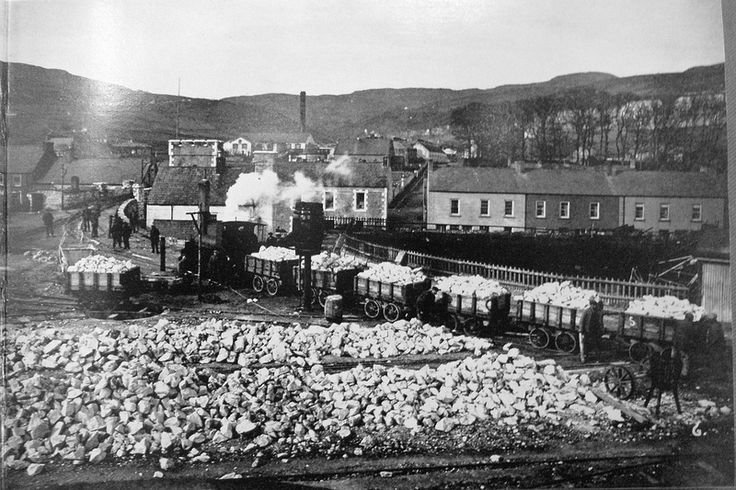-
Posts
4,643 -
Joined
-
Last visited
-
Days Won
59
Content Type
Profiles
Forums
Events
Gallery
Everything posted by Galteemore
-
I’ve used electro frog recently. Much more reliable - just need a little more prep when installing. Peco Unifrog points in code 75 offer option of both.
-

mgwr preserved railway Connemara Railway project.
Galteemore replied to ttc0169's topic in What's happening on the network?
If such a truck existed I think it would be out delivering A class orders right now! Great effort all round lads. -

Ernies Massive Irish 1930's to 2005 Photo Archive
Galteemore replied to Glenderg's topic in Photos & Videos of the Prototype
That’s a really nice view of Sir Henry. Many close-ups exist of the class, and distance shots of trains in the landscape. This, however, is just far enough away to give a decent view and yet close enough to see some detail. What handsome engines they were. But I don’t want to build another one just yet! -
Have you tried Ian Sinclair’s UTA book? Many GN staff, for instance, would keep wearing the old company uniform for as long as possible. I will try and ask my dad what he remembers…
-
Use Microsol solution ?
-
Terrific. A pain to do I’m sure but hopefully worth it. There’s a real difference between a scenic train set and a real railway model (that’s not a value judgment btw!). No doubt which of the two this is!
-
Very nice. Remember that plinthed 131 very well. She was in steam on a test run today - not something anyone thought they’d see once she was ensconced on top of that concrete block!
-
eBay ? Not sure how costs will compare with original quote https://www.ebay.co.uk/itm/Railways-of-Britain-Wheels-of-Industry-4-/254933715292?mkcid=16&mkevt=1&_trksid=p2349624.m46890.l6249&mkrid=710-127635-2958-0 2nd hand dealers like Bob Pearman also worth a look.
-

Ernies Massive Irish 1930's to 2005 Photo Archive
Galteemore replied to Glenderg's topic in Photos & Videos of the Prototype
Thanks ! Didn’t have the book to hand. Quite a nice location - good background, easy to access by train, and in those days a frequent procession of interesting movements. -

Ernies Massive Irish 1930's to 2005 Photo Archive
Galteemore replied to Glenderg's topic in Photos & Videos of the Prototype
Thanks Ernie. Pic 2 looks v similar to a colour one on the cover of one of the Ferris books. -
And in the meantime we could all take a leaf out of WCR’s book as below in terms of recycling Hornby stuff etc. Don’t be afraid of kit bashing or scratch building. It is nowhere near as difficult as it looks. If you can use a knife and fork you already have the skills! It also gives you a much deeper awareness of how the prototype was built and functioned.
-
Isn’t this what proper Dublin suburban looks like? And closer to Methuselah’s time, too….in all seriousness, I’d love to see a retro livery on these things. As a kid, the old CIE livery had a pleasing resemblance to a liquorice allsort….would love to see it again.
-
That’s really nice. Thanks for posting. Really good CIE atmosphere
-
Interesting article here…https://m.independent.ie/regionals/sligochampion/news/freight-is-on-right-track-40488826.html, particularly in its account of what IE freight was like in the past.
-
There’s no escaping Ulster Tayto. As for Club, I understand it’s all made in Dublin.
-
-
One positive to emerge from all this is that Tesco have just announced an expansion of rail use. Much of their import traffic from Spain will now be by rail. Having had a few commutes into London last week via WCML, it’s encouraging to see how busy the container freight sector still is here.
-
And one can only imagine what happened the night that an SLNC wagon fell apart in the yard at EKN…interestingly, cattle traffic had priority over all else on the SLNC. Woe betide the driver whose tardy station work caused a delay to the ‘shipper’…. On one unfortunate day in 1956, Lough Melvin blew a cylinder cover on the climb out of Glenfarne with the afternoon goods ex EKN, and had to limp back downhill. The driver of the 7:20 later that evening was not amused to discover that he had to shunt the wagon loads off this train as well as his own. The crowd of cattle dealers travelling in coach 9 were even less impressed by the lengthy shunt at Manorhamilton that ensued !
.png.c363cdf5c3fb7955cd92a55eb6dbbae0.png)


